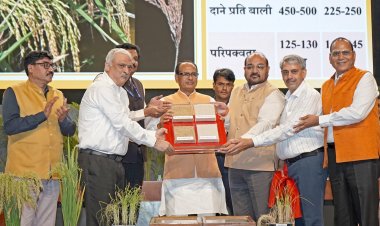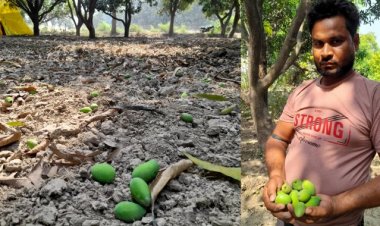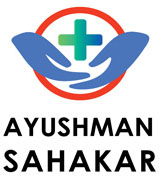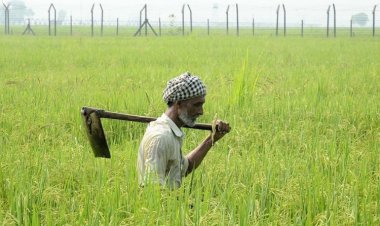Biovet to manufacture Lumpi-ProVacind vaccine developed by ICAR
Biovet Pvt. Ltd has received a non-exclusive licence for the commercial production of the Lumpi-ProVacInd vaccine jointly developed by ICAR-NRCE at Hisar, Haryana, and IVRI at Izatnagar, Bareilly. Agrinnovate India Pvt. Ltd, the public sector company authorized for this, has granted the licence to Biovet. The move has speeded up the prospect that the vaccine providing immunity to cattle from LSD will hit the market soon. But the commercial production can begin only after the government accelerates the requisite approval process in this regard.
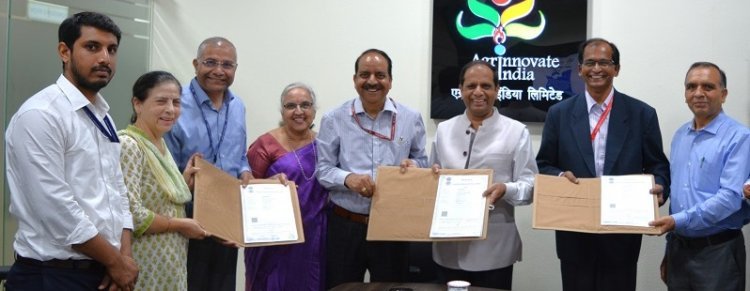
Biovet Pvt. Ltd has received a non-exclusive licence for the commercial production of the Lumpi-ProVacInd vaccine jointly developed by the Indian Council of Agricultural Research’s (ICAR) National Research Centre on Equines (NRCE) at Hisar, Haryana, and the Indian Veterinary Research Institute (IVRI) at Izatnagar, Bareilly, Uttar Pradesh. Agrinnovate India Pvt. Ltd (AgIn), the public sector company authorized for this, has granted the licence to Biovet. The move has speeded up the prospect that the vaccine providing immunity to the cattle from Lumpy Skin Disease (LSD) will hit the market soon. But the commercial production can begin only after the government accelerates the requisite approval process in this regard.
Lakhs of cattle from across a dozen states in the country have been infected with LSD. Also, about 75,000 cattle have died of it. There is no protocol for the treatment of this disease as yet. So, doctors at the local level are treating it on the basis of their experience. In order to protect the cattle from the disease, the government has allowed the goat pox vaccine. And it is with this very vaccine that the cattle are being immunized. The goat pox vaccine provides 60-70 per cent immunity to the cattle. On the other hand, the ICAR claims that the vaccine that it has developed provides complete immunity.
The licence was granted in a meeting organized last week for vaccine technology transfer. On being asked about this, Dr Bhupendra Nath Tripathi, Deputy Director General (Animal Science), ICAR, said to Rural Voice that Biovet has been granted the licence to manufacture the vaccine, but it is non-exclusive. This implies that if any other company wants to manufacture the vaccine using this technology, it may obtain the same through an agreement with AgIn.
Dr Tripathi said that having obtained this technology, Biovet Pvt. Ltd could now manufacture the vaccine fast and this would help in providing this vaccine to the farmers soon.
According to an AgIn statement, Dr Sudha Mysore, CEO, indicated that this technology transfer was a major game changer for AgIn. Dr Sreenivasulu Kilari, Executive Director, Biovet Pvt. Ltd, mentioned that the organization was glad to avail the licence for Lumpi-ProVacind and expressed that experience with AgIn in the technology transfer process had been exceptional. Dr Himanshu Pathak, DG, ICAR, too, congratulated Biovet Pvt. Ltd, ICAR-NRCE, ICAR-IVRI and AgIn for the successful transfer of the technology. He further elaborated that this technology would significantly provide a defence mechanism to control the devastating LSD.
Rural Voice had done a detailed story on September 3 on the process of developing the Lumpi-ProVacInd vaccine and its characteristics. You may access it on the link given below.
https://eng.ruralvoice.in/latest-news-24/commercial-production-of-indigenous-lsd-vaccine-to-start-in-4-5-months.html
LSD was first seen in the world in Africa in 1929. But in the year 2000, the disease had broken out in most countries, including the Gulf countries, Israel, countries of Europe, Russia, Balkan countries, Bangladesh and Nepal. As far as India is concerned, although LSD was first seen in Odisha in 2019, it had never before reached the epidemic proportions as seen in the last few months. The disease spreads among the cattle through insects. When a mosquito or fly comes into contact with an animal and sits on another, it infects the latter.



 Join the RuralVoice whatsapp group
Join the RuralVoice whatsapp group


















